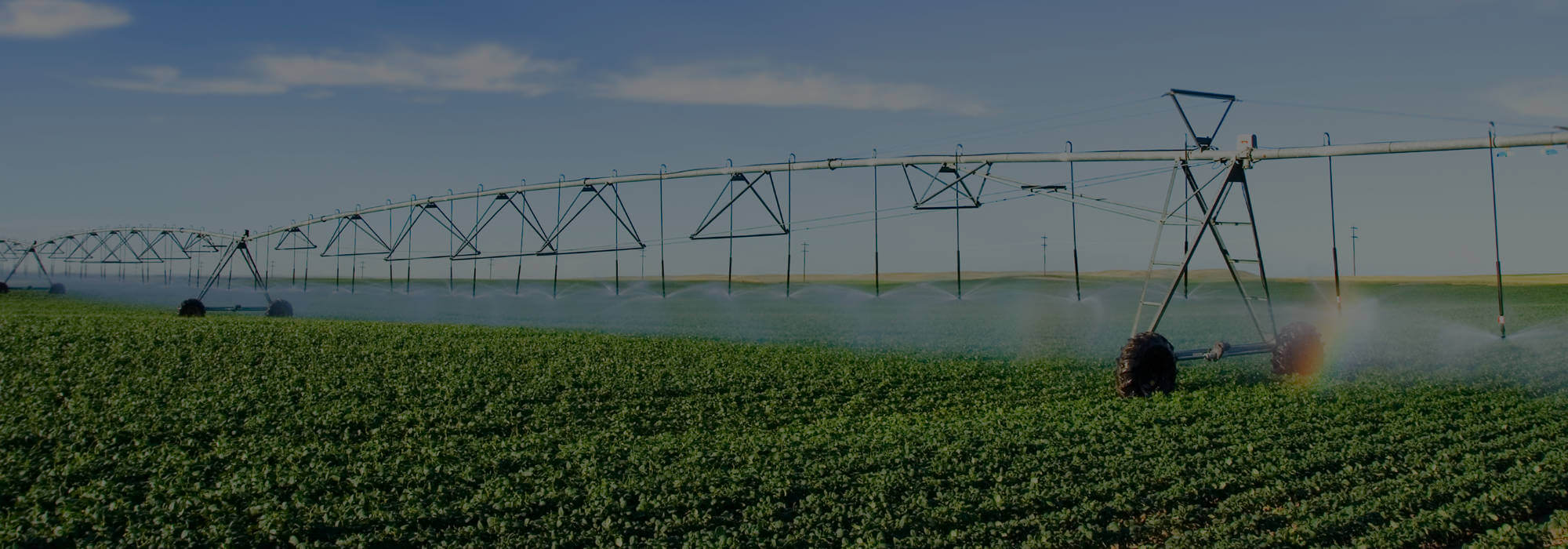11 Dec DID YOU KNOW? Facts and History about the Columbia Basin Project
DID YOU KNOW?
Grand Coulee Dam was built over 75 years ago to help satisfy the nation’s need for electricity at a time of
growing manufacturing, industry, and war. Construction started in 1933 and finished in 1942. First water flowed
over the spillway on June 1, 1942.
• Grand Coulee Dam was once the largest concrete structure in the world: 550 feet tall (almost two football fields)
and 5,223 feet long—just short of a mile.
• Building the dam foundation required excavating more than 22 million cubic yards of earth and stone--enough to
fill 10 Rose Bowls.
• Grand Coulee Dam is the cornerstone of infrastructure that comprises the Columbia Basin Project. It is the most
powerful dam in the United States, no other dam has a higher capacity to produce megawatts of power. The
dam’s total producing capacity reaches 6,809 megawatts. One megawatt would be enough to power nearly 800
homes for a year.
• Grand Coulee Dam’s average annual output is about 2,300 megawatts: enough power to continuously supply two
cities the size of Seattle. California’s Lake Oroville Dam can produce 819 megawatts. Hoover Dam can produce up
to 2,080 megawatts.
• The dam’s electricity served to power aluminum smelters, airplane factories and a nuclear power plant--which
made plutonium used in the first atomic bombs helping end World War II.
• In almost eight decades, Grand Coulee Dam has helped nearly 700,000 acres of land receive irrigation water,
making it possible to grow everything from tree fruits to wheat, potatoes, alfalfa, timothy, canola, sunflowers,
and mint. Grant County is the leading potato-growing county in the nation.
• Irrigation begins with water from Lake Roosevelt behind the dam being pumped into another reservoir, Banks
Lake. From there, it flows into a series of canals and pipes, some of them hundreds of miles to the south.
Thousands of farms in Washington state receive this irrigation water.
• The John W Keys III Pump-Generating plant at Grand Coulee Dam was completed in 1973 and contains 12 pumps
that lift water from the Columbia River, up a hillside and into Banks Lake. Six of the 12 pumps are reversible to
generate hydroelectricity if needed.
• Grand Coulee Dam helps with flood control, especially in years with lots of rain and snow. Lake Roosevelt, the
dam’s main reservoir, can store up to five million acre-feet of water--enough to cover a surface four times the
size of Grand Canyon National Park in one foot of water.
This is the second installment of the League’s “Did You Know?” e-series. To grow stakeholder insight and knowledge about the Columbia Basin Project, these periodic emails feature facts and information related to the Project.
If you have an idea, fact, story, or video about the Columbia Basin Project, email us at info@cbdl.org.
